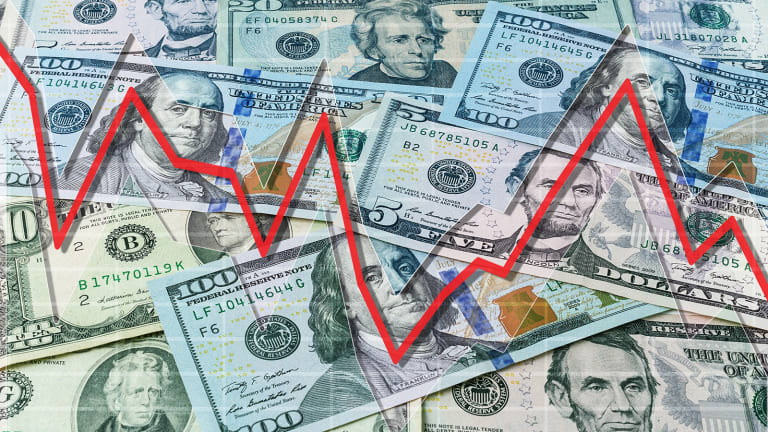
If you’ve finally decided to try your hand in the stock market, it’s imperative to understand the suitable metrics to use when choosing stocks for your portfolio. Although some investors tend to overlook the importance of metrics in stock trading, the truth is that it’s hard to make a sound decision without performing metric analysis. Remember that most successful investors use stock metrics to analyze stocks.
That said, here are five essential metrics you should include in your analysis and how you can use them to discover hidden investment opportunities.
Earnings Per Share – EPS
EPS is a technique used to gauge a company’s share. The EPS value is calculated by subtracting dividends from the total profits then dividing the difference by the value of shares outstanding. The Earnings Per Share should tell you the amount of money a specific company earns for every share. However, Earnings Per Share doesn’t indicate the expense information. For instance, if company A made $11 per share and company B made $13 per share, B’s earnings are great only if it spent the same or even fewer funds to generate income. You can use EPS together with other metrics to analyze stock ratings.
Compound Annual Growth Rate – CAGR
The Compound Annual Growth Rate is a measure of a given investment’s annual growth rate over the years. CAGR is usually used to compare the previous performance of investments. The stock market is naturally characterized by price fluctuations, meaning some years will yield more while other years may experience loss.
Using CAGR will help you track investments and view their average performance over time instead of focusing on yearly performance. Suppose your portfolio incorporates many stocks and other assets like rental properties. In that case, you may opt to increase your investment type (after calculating the CAGR) that promises a higher Compound Annual Growth Rate.
Return on Investment – ROI
Return on Investment is a performance measure often used to evaluate an investment’s efficiency. It shows the amount of money a company has generated or lost on a given type of investment. ROI is calculated by dividing the return of an asset by the total cost of acquisition. However, this metric can easily be manipulated; what a firm decides to include in the price may vary. As an investor, you can’t tell if a company used all or selected costs to calculate ROI. It will be best to understand how the calculations were made before you entirely rely on the ROI metric.
Return on Equity – ROE
Return on Equity is a metric used to measure a company’s profitability in relation to equity. It shows how good a corporation is in making profits. You can calculate ROE by dividing the annual return by the value of shareholders’ equity. Also, you can divide the company’s growth rate by the earnings retention rate. Return on equity is expressed in percentage.
If a firm generated a profit of $3 million and had received $1.5 million of equity, the firm would be more efficient than another firm that has generated the same profit but with almost $2.5 million equity. The former is more effective because it can make more profits with less investment. That said, you should always pair ROE with other metrics to analyze the earnings power of a firm.
Price to Earnings Ratio – P/E Ratio
Price to Earnings Ratio is a metric used to measure and compare a corporate’s current price against its per-share earnings. You can calculate the P/E ratio by dividing the current price per share by the earnings per share. If you want to measure a stock’s value, you can rely on the P/E ratio to produce the best results. For example, if you’re looking to purchase a smartphone, you would probably compare different smartphones’ prices and features before deciding. As a rule of thumb, you’ll expect more for more and better features.
However, if a smartphone has fewer features but costs the same as other phones with even more outstanding features, that phone may not be of good value. Similarly, if a firm has a higher P/E ratio than other companies of the same level, investors may consider the stock overvalued. Keep in mind that the initial price of a stock isn’t a reflection of value.
 2018 ·
2018 ·